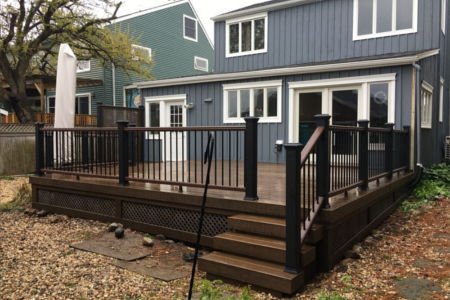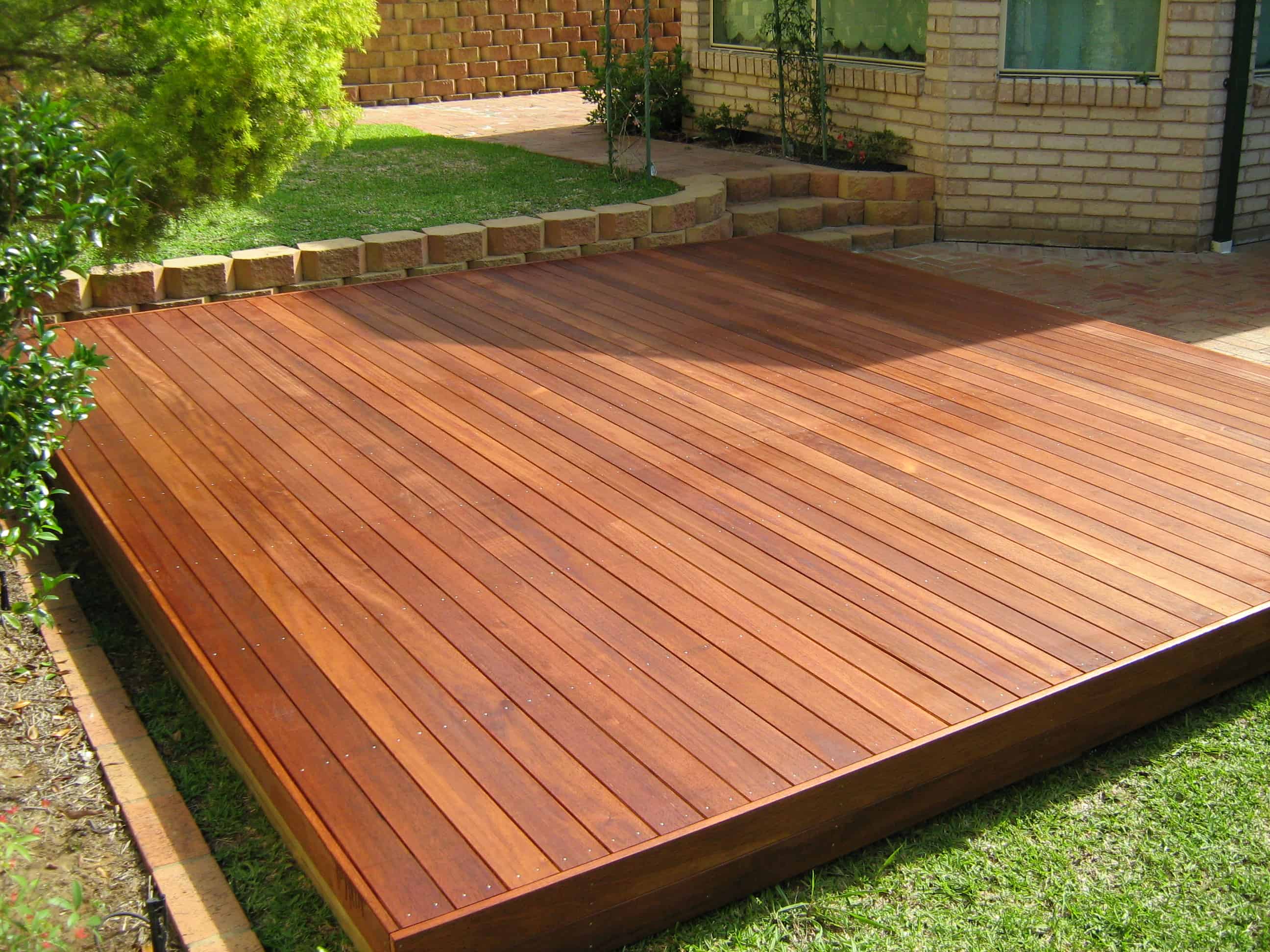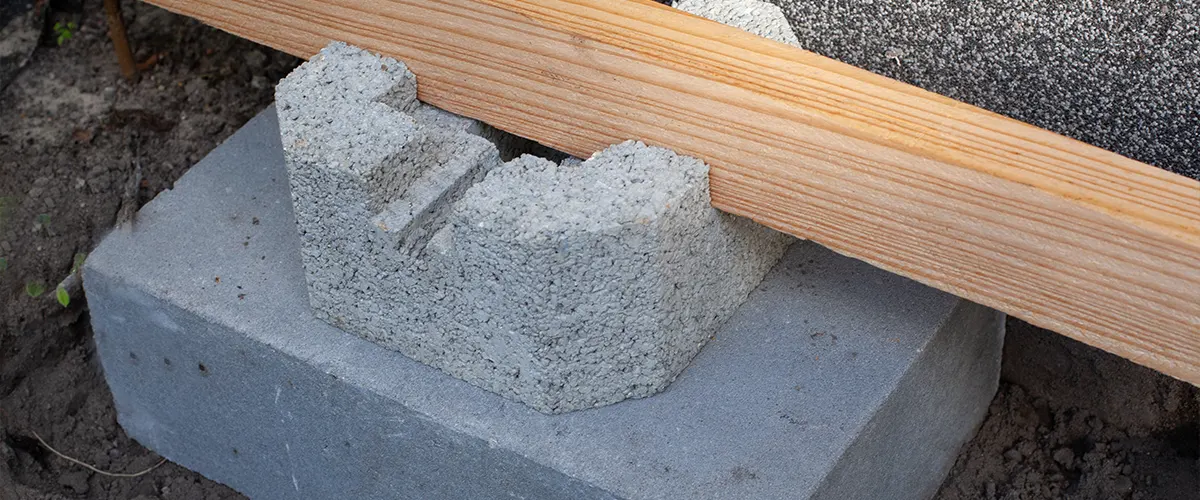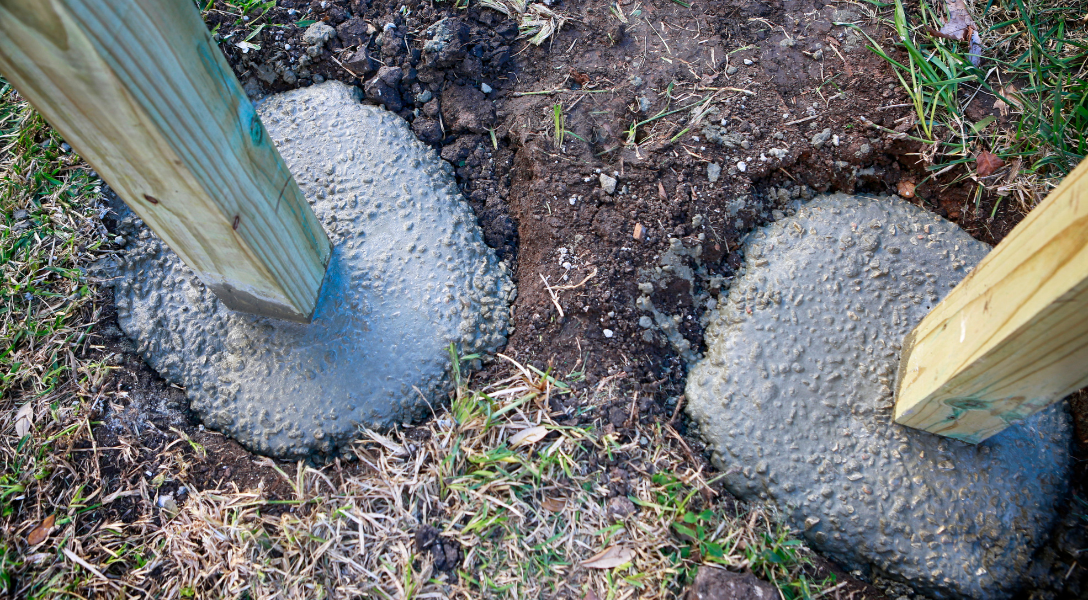Picking the Perfect Decking Service: An Overview to Different Products and Styles

Benefits And Drawbacks of Pressure-Treated Lumber
Pressure-treated lumber is a commonly made use of decking product that provides both downsides and benefits. Among the primary benefits of pressure-treated lumber is its toughness. The timber goes through a process where it is treated with chemicals to resist rot, pests, and decay. This treatment raises the life expectancy of the lumber, making it an economical option for outdoor decking tasks. Furthermore, pressure-treated lumber is budget-friendly and readily offered compared to various other outdoor decking products, making it a prominent choice amongst home owners.
Nevertheless, pressure-treated lumber also has its drawbacks. One significant concern is the chemicals used in the treatment procedure. These chemicals, such as copper and arsenic compounds, may posture health risks if they leach into the soil or are consumed. To minimize this danger, it is necessary to deal with and get rid of of pressure-treated lumber properly, complying with guidelines given by suppliers and regulatory companies.
One more drawback of pressure-treated lumber is its look. The wood has a green tint originally, which may not appeal to some homeowners. Over time, the wood climates and takes on a more all-natural look.
Exploring the Elegance of Cedar
Cedar, with its natural charm and timeless sophistication, is a prominent option for outdoor decking jobs. Understood for its resilience and resistance to rot, cedar is a hardwood that offers numerous advantages for outside structures. The cozy, reddish-brown color of cedar adds a touch of natural sophistication to any deck, making it a preferred amongst house owners and developers alike.
One of the crucial advantages of cedar decking is its capacity to withstand severe weather. Cedar includes natural oils that act as a safety barrier against wetness, protecting against warping and fracturing. This makes it an excellent option for locations with high moisture or constant rainfall.
In enhancement to its durability, cedar is additionally highly resistant to pests and degeneration - Ogden Decks. The fundamental residential or commercial properties of cedar timber make it much less attractive to pests such as termites, guaranteeing that your deck stays structurally audio for years to come
:max_bytes(150000):strip_icc()/real-diy-backyard-decks-4136337-hero-72aa902c216b424b96b314eec5687028.jpg)
When it concerns choosing the perfect outdoor decking material, cedar offers a mix of all-natural elegance, durability, and reduced maintenance. Whether you choose a typical or modern style, cedar outdoor decking can elevate the aesthetics of your exterior living location while supplying long-lasting efficiency.
The Low-Maintenance Charm of Compound Decking
Composite outdoor decking uses a low-maintenance service for house owners seeking a long lasting and cosmetically pleasing exterior deck. Unlike standard wooden decks that need discoloration, sealing, and paint, composite outdoor decking is created to resist fading, warping, and decaying.
One of the primary benefits of composite outdoor decking is its durability. Additionally, composite decking is splinter-free, making it secure for pet dogs and children to play on.

In regards to aesthetic appeals, composite outdoor decking comes in a wide array of colors and surfaces, enabling homeowners to select a style that matches their outdoor room. Whether you prefer the look of natural wood or a much more modern style, there is a composite decking choice to suit your preference.
The Ageless Elegance of Wood Decking
With its long-lasting sophistication and natural appeal, wood decking offers homeowners a classic service for producing a stunning and welcoming outside room. Hardwood, such as ipe, teak, or mahogany, is known for its resilience and resistance to rot, bugs, and weathering. These qualities make it a perfect selection for decking, as it can hold up against the test of time and keep its charm for years to find.
One of the main benefits of hardwood decking is its visual charm. The rich, cozy tones and unique grain patterns of wood create a feeling of high-end and refinement. Whether you prefer a traditional, conventional appearance or a much more modern design, wood outdoor decking can enhance any building layout and enhance the total aesthetic of your exterior location.
In enhancement to its aesthetic appeal, wood outdoor go right here decking additionally uses useful benefits. Wood outdoor decking needs very little upkeep.
In spite of its numerous advantages, hardwood outdoor decking does have some factors to consider. It tends to be more pricey than other outdoor decking products, and it needs professional installment to go to my site guarantee proper alignment and stability. In addition, wood outdoor decking might require periodic tarnishing or sealing to maintain its shade and protect it from the components.
Letting Loose Creativity With Alternative Decking Materials
While standard hardwood outdoor decking has its charm, alternate materials can release creative thinking and supply a fresh aesthetic for decks. In addition, PVC outdoor decking is readily available in various colors and designs, giving homeowners the flexibility to create a deck that enhances their exterior area. For those looking for a green alternative, there are additionally decking materials made from recycled plastic or reclaimed timber.
Final Thought
In final thought, when picking the best decking solution, it is vital to consider the pros and cons of different materials and styles. Compound outdoor decking deals low-maintenance charm, however may lack the natural charm of hardwood.
The warm, reddish-brown color of cedar includes a touch of natural beauty to any deck, making it a favorite amongst property owners and designers alike.
Compound decking supplies a low-maintenance option for home owners seeking a durable and aesthetically pleasing exterior deck. Unlike conventional wood decks that need discoloration, securing, and paint, composite outdoor decking is developed to resist fading, warping, and deteriorating. While conventional wood outdoor decking has its appeal, alternate materials can release creativity and look at here now give a fresh visual for decks. Additionally, PVC outdoor decking is available in various colors and designs, offering property owners the adaptability to develop a deck that complements their outdoor area.

